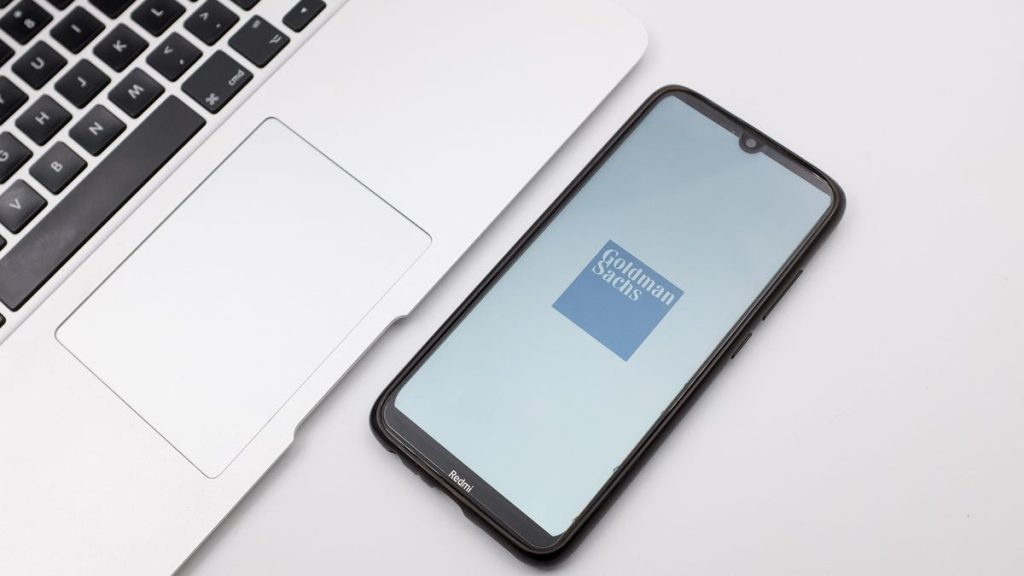In a recent Forbes column, I assert that “tech giants like Apple
AAPL
” pose an existential threat to offline banks like J.P. Morgan Chase.
I argued that the world’s largest banks “fail to share the wealth with their depositors” and that the “stinginess by J.P. Morgan Chase and the rest of the giants” opens the door for disruption by the broader tech industry. Traditional banks that once dominated the playing field are rapidly losing ground to the digital disruptors that offer user-friendly experiences, higher FDIC coverage, and significantly more attractive economics.
It looks like Tim Cook has been reading my column! On Monday, Apple took a bite out of traditional banking, with the launch of its high-yield savings account.
To be clear, Apple is not a bank. Like Arc and our Fintech peers, it partners with them. In fact, Apple launched its first card in 2019 by teaming up with the behemoth, Goldman Sachs—which later swallowed a related one-billion-dollar loss.
In classic Apple fashion, the tech giant has created a product flywheel – a suite of financial products that includes Apple Card, Apple Pay, BNPL (Buy Now, Pay Later), and now “Savings”. This product flywheel combined with the closed-loop ecosystem of hundreds of millions of iPhone users has insulated Apple from the competition and made it an attractive option for tech-savvy consumers.
Like Apple, the “BAM Fintechs” (BAM: Brex, Arc, Mercury) are giving Too Big To Fail banks a run for their money. They were the winners of the SVB collapse, and they were also the first to offer expanded FDIC insurance in wake of the bank’s failure. I say this, admittedly, as the CEO of one of the BAM Fintechs that provided safe harbor to startups during the latest storm.
Like BAM, Apple is taking a bite out of offline banking. And this is great for consumers.
Apple is offering 4.15% APY
PY
to store deposits with them, nearly 400x more than the 0.01-0.03% APY offered by J. P. Morgan Chase. But it’s not just Apple that is making waves in the consumer banking industry. Sofi is paying 4.00% APY, Ally is paying 3.75% APY, and Chime, though on the lower end, is still passing along 2.00% APY, nearly 60x more than what Chase offers to its best customers.
Chase doesn’t seem to be bothered. J.P. Morgan posted record revenue while profits soured 52% in the first quarter of 2023. While his smaller peers lost deposits over the period, Jamie Dimon gobbled them up.
Chase may be sitting on the high horse today—flush with deposits and sky-high interest income – but its day is coming soon as well. The traditional model, which so many banks are built on—physical branches, endless fees, implicit government guarantees and one-sided economics—is quickly becoming obsolete.
Like Apple’s tech-savvy consumer base, tech startup founders and CFOs also want digital-first banking experiences that work as well as the apps they use in their everyday lives: Acorns, Mint, Wealthfront. They want a meaningful share of the economics, and they want to know that their deposits are protected—perhaps most important: they want to feel that their business is valued: that they’re not just another account number.
Apple and the BAM Fintechs are stepping up to the plate and delivering on all fronts. By partnering with banks, and leveraging their infrastructure, they’re offering safer, less expensive, and more customized products. They’re offering slick technology experience, with no minimums or fees. They’re passing back the lion’s-share of their economics and are eager to serve all consumers and businesses regardless of their bank balance.
With Apple entering the banking ring, J.P. Morgan may have finally met its match. The iBank revolution has begun.
Read the full article here




